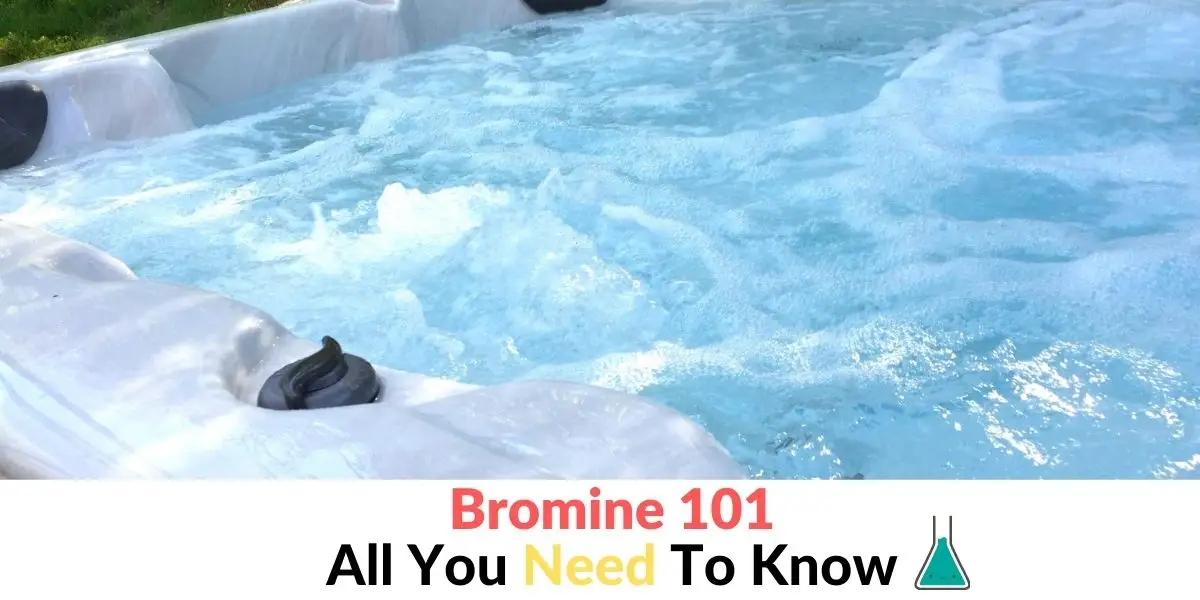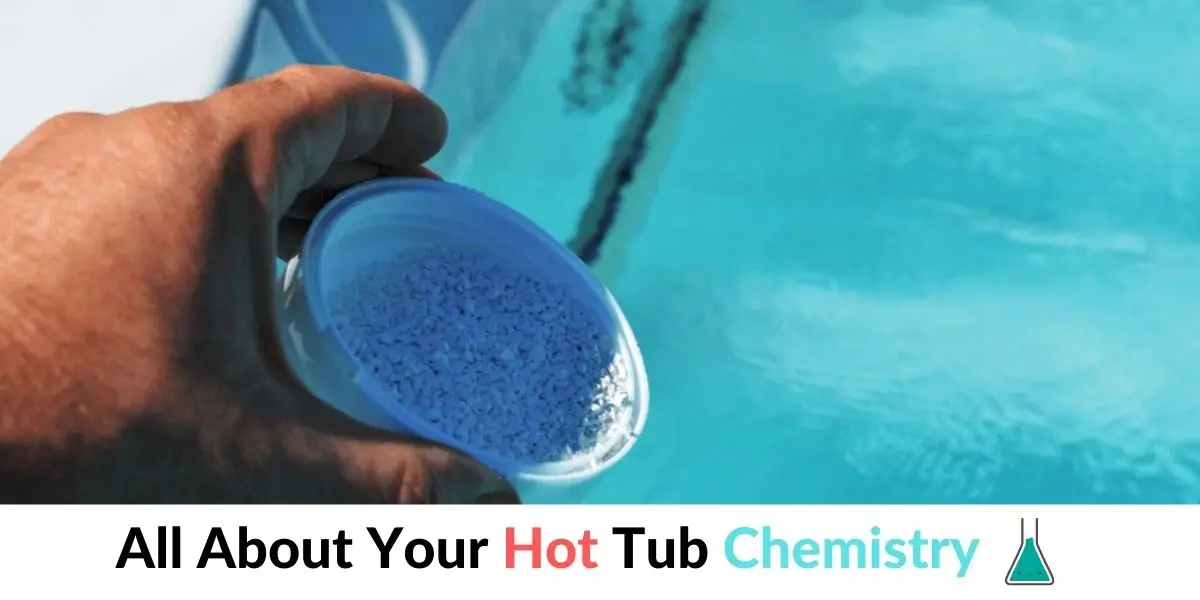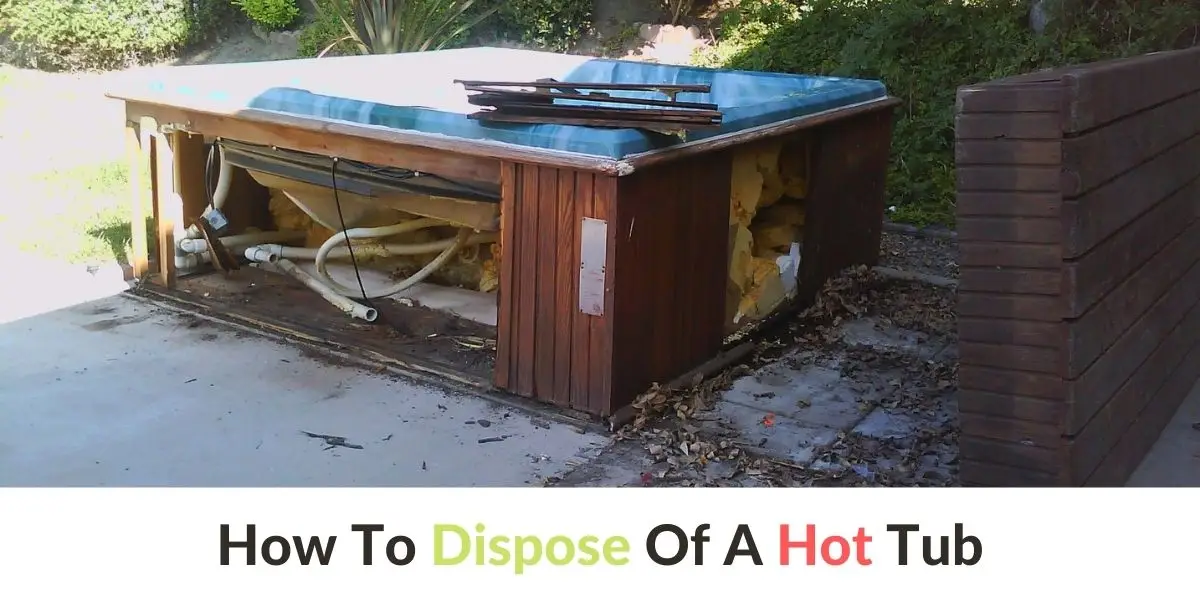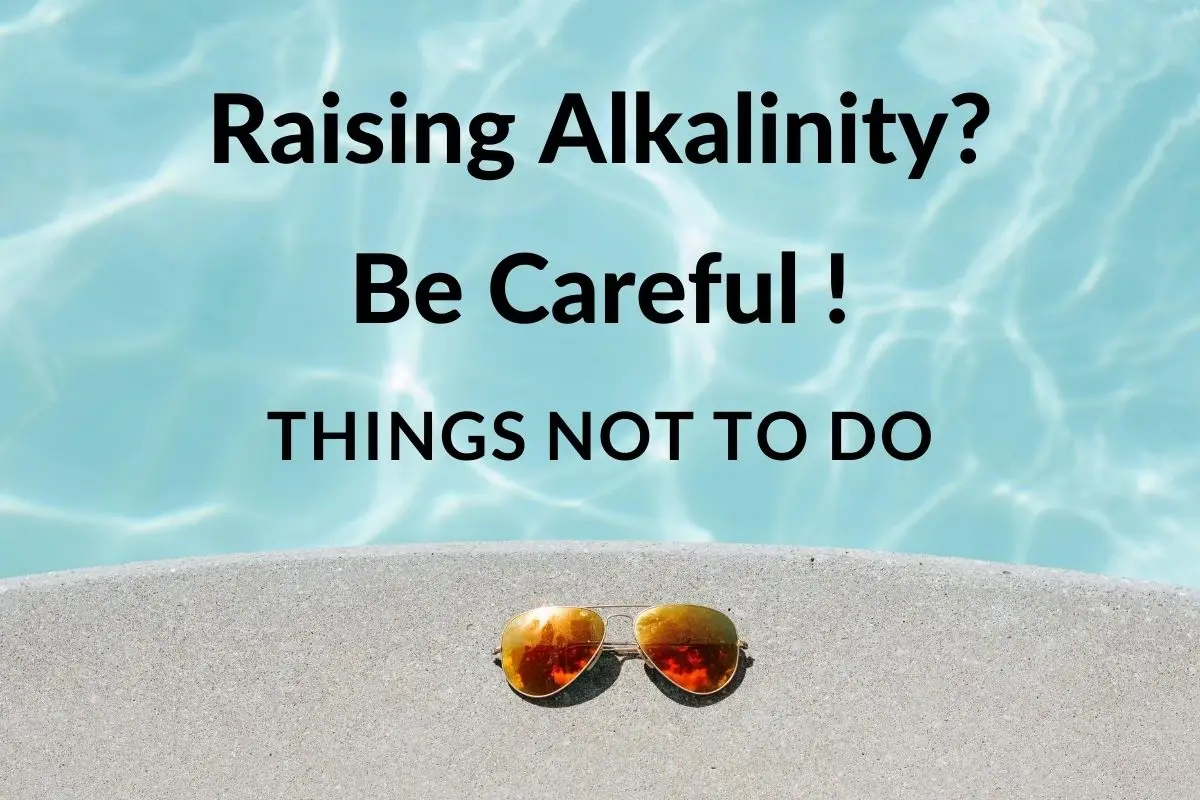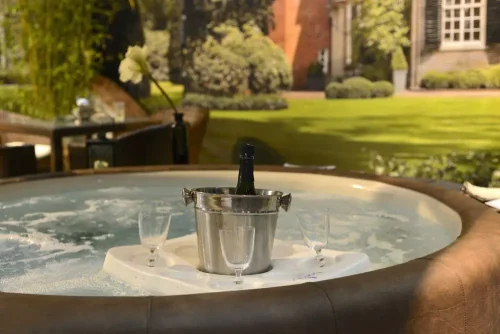Can You Use Hot Tub Without Chemicals? – Of Course
People buy hot tubs for different reasons and the most popular reason is to enjoy them outside during cold weather.
However, some people are careful when it comes to using chemicals on their body and they wonder if it is possible to use their hot tub without chlorine and bromine and all the chemicals that help you maintain your water clear and free of bacteria.
Yes, it is possible to use your hot tub without any chemicals. In order to do that, you should be:
- Draining your water frequently
- Replacing your filters frequently
- Using a non-chlorine shock
- Taking regular showers before and after your hot tub bathing
What is the Difference Between Chlorine and Non-chlorine Shock?
A shock treatment comes in handy to eliminate bacteria and other microorganisms. When you use chlorine or bromine sanitizer, it may lose its effectiveness over time after combining with the bacteria in the water. A shock boosts the sanitizer so that it can effectively sanitize the hot tub.
How On Earth Could You Clean Your Hot Tub Without Chemicals ?
I have a whole new article about this, if you are interested in avoid using chemicals in your hot tub, even when cleaning it. You can clean it here.
You can either use a chlorine shock or non-chlorine shock. Chlorine shock, also known as sodium dichlor, is the most effective for hot tubs. The good thing about a chlorine shock is that it’s compatible with other sanitizers such as bromine. You add chlorine shock after every refill to give a fresh start, and you can also use it when the water gets smelly and cloudy.
A non-chlorine shock, commonly known as MPS, is also compatible with chlorine, bromine, and other sanitizers. Unlike the chlorine shock, a non-chlorine one doesn’t act as a sanitizer but works great to clear cloudy water. A non-chlorine shock is ideal for people who want fewer chemicals in their water. The shock treatment can be used after every session in your hot tub.
Can you Use a Hot Tub Without Chlorine?
The answer to this question isn’t specific because you could be looking for an alternative to chlorine. If you want another sanitizer other than chlorine, then bromine can work. Bromine doesn’t have a bleach smell, and it also doesn’t itch your skin and eyes. Now, if you’re wondering whether you can run a hot tub without either bromine or chlorine, then yes, you can. Here is how.
Drain Water Frequently
Typically, you need to drain your water every 5 – 6 months, depending on the frequency of usage. If you want a chemical-free hot tub, you should drain it more frequently after about 2 – 3 months of use. While draining the water, make sure to purge the pipes, jets, and plumbing works to eliminate any biofilm.
Replace the Filters
Every 1 – 2 years, you replace filters because they wear out fast under normal circumstances. If you want to have a hot tub without any chemicals, you need to replace the filters every 6 -12 months.
Use a Non-chlorine Shock
Use a non-chlorine shock every day or every time you use the hot tub. Such shock treatment prevents foaming and cloudy water.
Take a Shower
You see, if you jump into the tub after coming home, you’ll create a massive demand for sanitizers in the hot tub. Your body has sweat, body oils, lotion, and deodorants that can make a mess in your spa water. If you really cannot shower before using the hot tub, you need to shock the water after using it.
What Can I Use in my Hot Tub Instead of Chlorine?
Other than chlorine, there are other alternatives to help maintain a clean and safe hot tub. Here are some of the choices you have.
Ultraviolet Rays
Some hot tubs can use UV rays with low radiation to kill bacteria. This is a chemical-free method, but you still need to use a shock treatment to keep the water clean and odor-free.
Ozonators
Ozonators are great alternatives to other types of sanitizers. You only have to inject ozones into your hot tub water to keep it sanitized. You may have to make adjustments to your hot tub to make it compatible with the usage of ozones. It’s also worth noting that Ozonators are more expensive than other types of sanitizers but well worth it, especially if you don’t want to risk with chemicals.
Ionizers
You can use ionizers to inhibit the growth of algae and bacteria. However, it would be best if you used a sanitizer alongside ionizers because they don’t sanitize. Ionizers are a combination of copper and silver that releases the ions in the water gradually.
Bromine
Bromine also works great to sanitize and maintain odor-free and clear water in your spa. Bromine is easy on your eyes and skin as it doesn’t cause itching like chlorine. If you’ve also had chlorine bleach your hair, bromine is the way to go albeit pricier.
What Happens if you Go in a Hot Tub Without Chemicals?
It’s possible to have a chemical free hot tub. Nothing will happen to you if you follow the best practices of maintaining a hot tub with fewer chemicals. However, if you go into a hot tub without any chemicals and that’s poorly maintained, you could get sick and anyone else using the hot tub.
Can you Use Salt in a Hot Tub Instead of Chlorine?
Yes, you can use a salt hot tub instead of a chlorinated one. You need to buy a salt-chlorine generator that dissolves to release chlorine into the water, therefore, sanitizing it. You’re required to add about 100 pounds of salt chlorine generator to every 100 gallons of water.
What’s Better, Salt Water Hot Tub or Chlorine?
The best method of purification between salt water and chlorinated water depends on your preferences. Both systems work fine, and what you prefer may not be the best for another user. The truth is that, initially, salt water hot tubs are expensive to achieve. They are cheaper to maintain in the long run because you don’t have to keep replenishing the hot tub with chlorine.
Salt water hot tubs are also environmentally friendly because you don’t have to keep adding chemical sanitizers. The salt naturally releases chlorine that keeps the water well sanitized. Besides, you eliminate the bleach smell you get with sanitizers like chlorine. The even better news is that you literally cannot taste the salt in the water because you need very little of it.
Salt water won’t bleach your hair as chlorine does. You also don’t have to experience dry and itchy skin and eyes as you do with chlorinated water. The salt water hot tubs are also gentler with increased buoyancy because the water is softer and silkier in texture.
On the downside, salt chlorine corrodes some components of the hot tub over time. You don’t get such kinds of problems with chlorine sanitizers. It, therefore, means you have to incur replacement costs more often.











